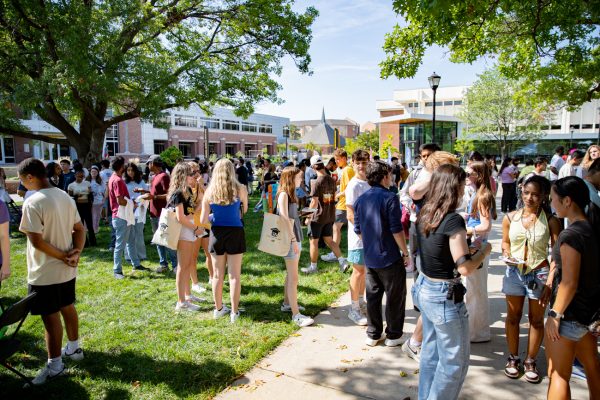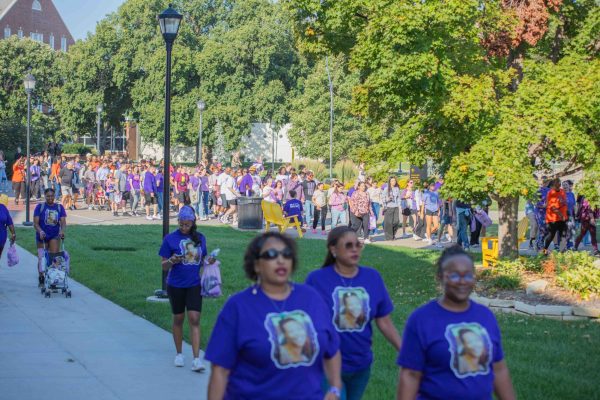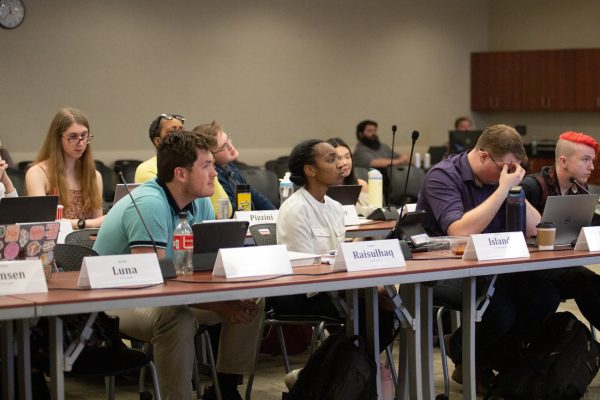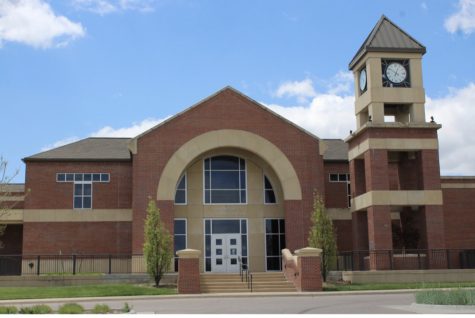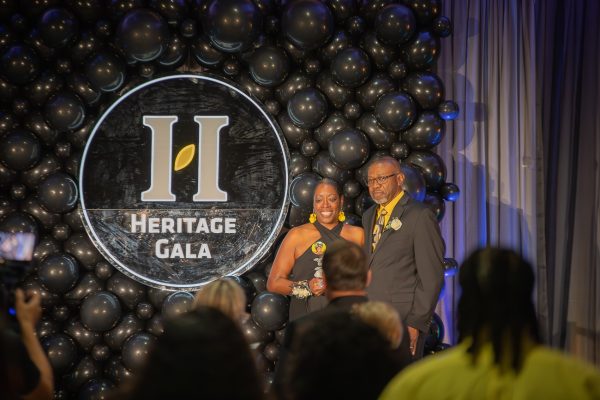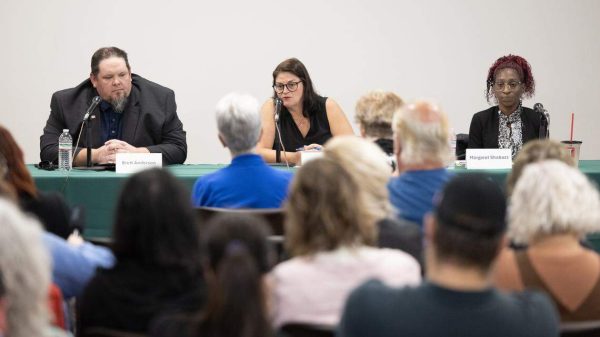Hijab discussion: ‘Just one piece of who we are’
Many misconceptions exist about why Muslim women wear a headscarf known as a “hijab.”
To help increase understanding, Wichita State’s Office of Diversity and Inclusion’s Brown Bag religion series organized a question and answer session Tuesday in the Rhatigan Student Center.
“We wanted to make sure we were educating the student population as well as the community about Islam and answer any questions,” said Danielle Johnson, program coordinator for ODI. “We wanted to make sure that the public knew that the hijab is not a form of oppression, and make them more comfortable about the idea by showing them that these women are empowered.”
A panel of Islamic women consisting of Sana Malik, a health professions faculty member; junior Maira Salim, president of the Muslim Student Association; junior Nibras Karim, a psychology major; and graduate student Ayesha Mosharraf, event coordinator, explained the hijab and what it means to be modest in Islam.
The word “hijab” comes from the Arabic word “hajaba,” meaning “to veil or cover oneself.”
According to Muslim culture and belief, God has instructed women to wear it as a means of fulfilling his commandment and for modesty, Salim said. Wearing a hijab is a personal choice, not a forced action, made after puberty and is a reflection of a woman’s devotion to God.
“For me, religion was a factor, but wasn’t the deciding one,” Karim said. “I wanted people to know that I was proud to be a Muslim. I wanted to keep myself in check and make sure I wasn’t using my appearance to impress others, but rather have my personality show.”
Wearing a headscarf along with loose-fitting, modest clothing is cumulatively referred to as hijab. Some Muslim women choose not to wear hijab because modesty may be achieved in other ways. Some choose to practice their faith internally, and others might not have support from their family, Salim said.
Women do not wear the hijab in order to not be objectified by men. According to the Quran, men should lower their gaze out of respect for women.
There are many different ways to style a hijab, and according to the panel there is such a thing as “bad hijab days,” Salim said. Women can see other women without a hijab, as well as close family, or any male that the female could not marry.
After answering questions, the panel shared their personal stories about why they chose to wear a hijab, and the hardships they have faced after worldly current events such as 9/11.
After the discussion concluded, women from the audience volunteered to try on a headscarf and pose for pictures showing that there is more to a woman than her outward appearance.
About 70 people attended.
“This event was so informational,” said freshman Morgan Prather. “I learned a lot. I always respected (the) hijab from a cultural standpoint, but now even more so from a religious one, and the fact that it is something Muslim women choose.”
The next discussion in the series will be about the Islamic faith, and will take place Tuesday in the RSC. A room has not been specified.
“The hijab is just one piece of who we are,” Malik said.



